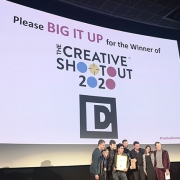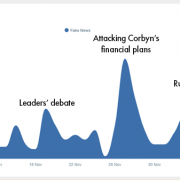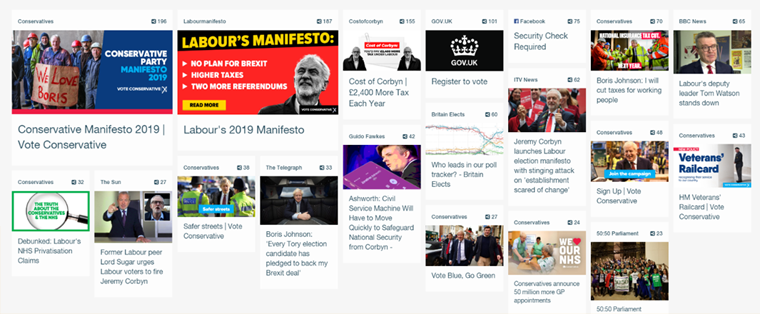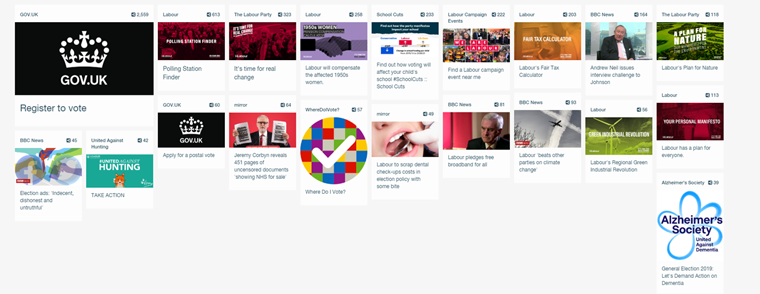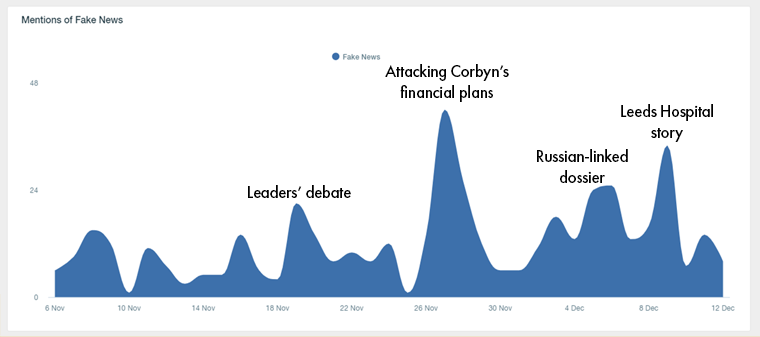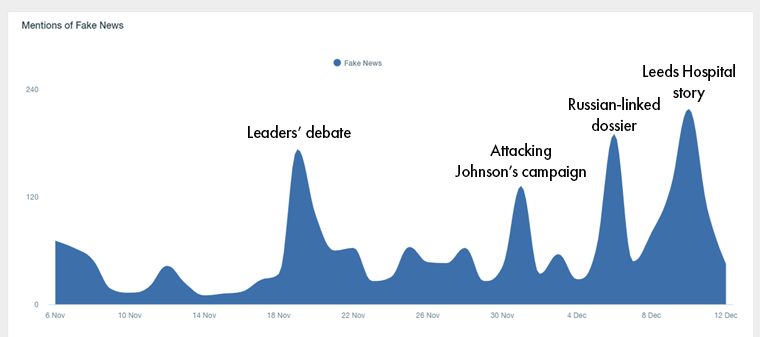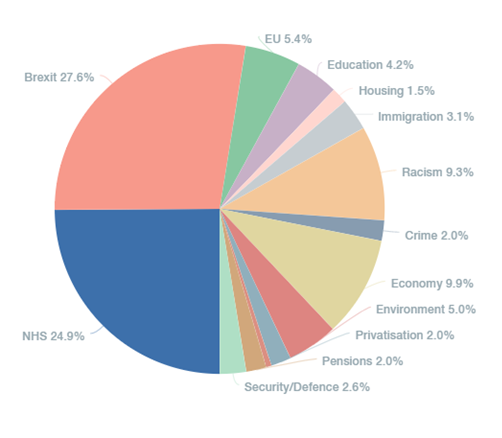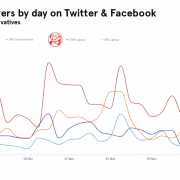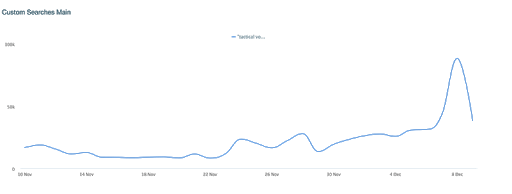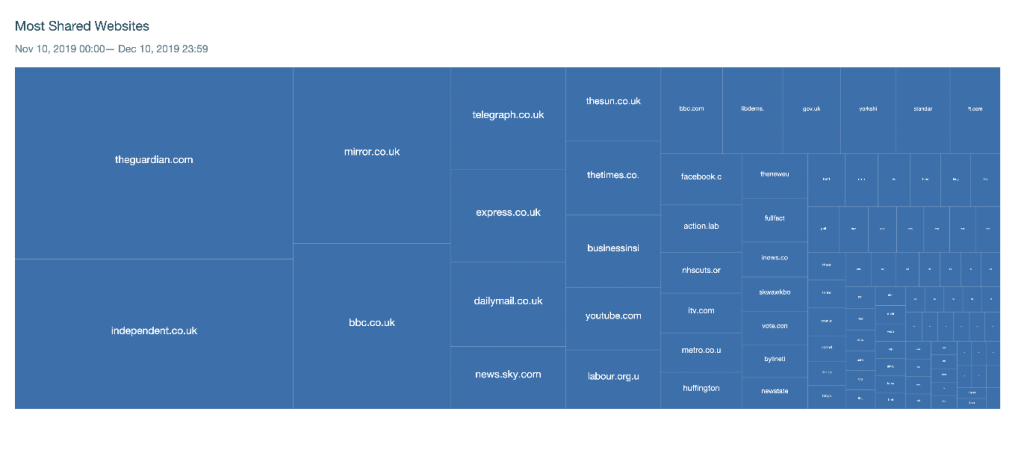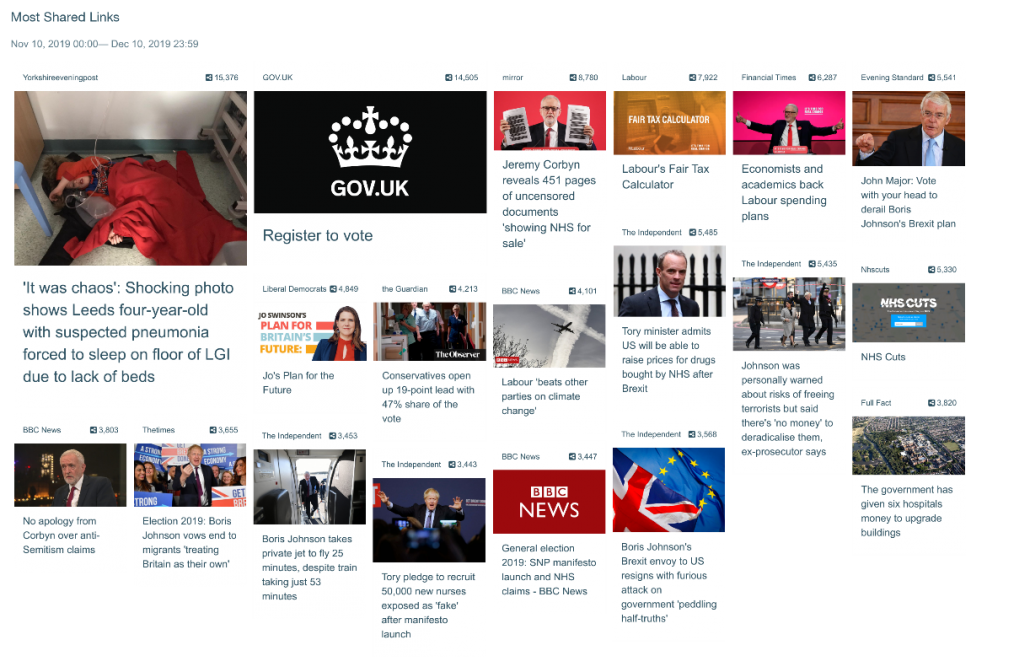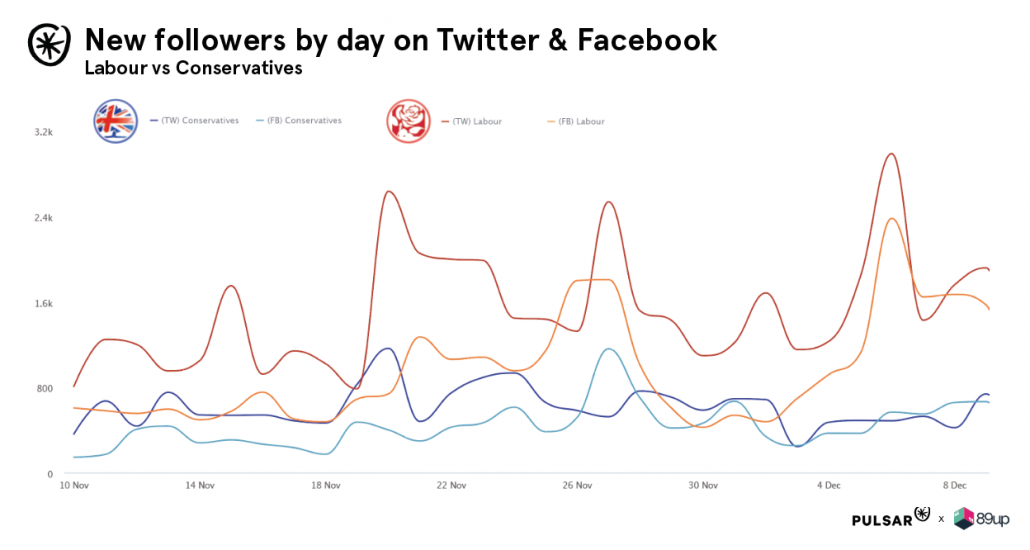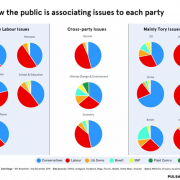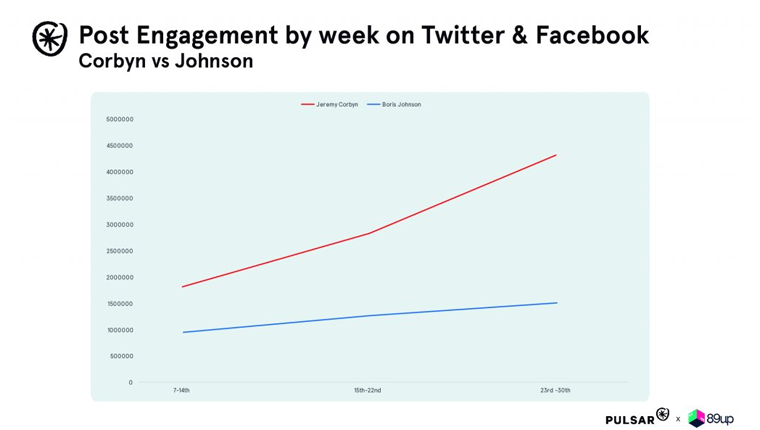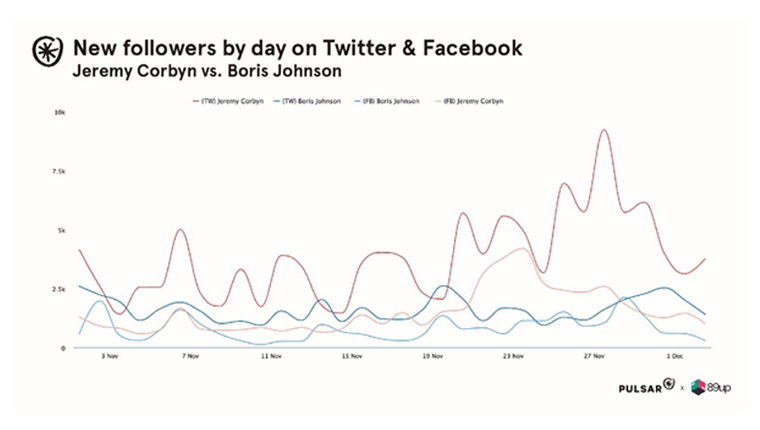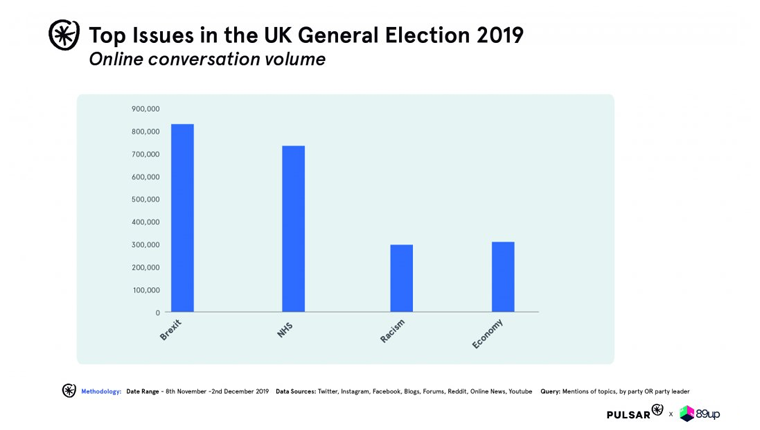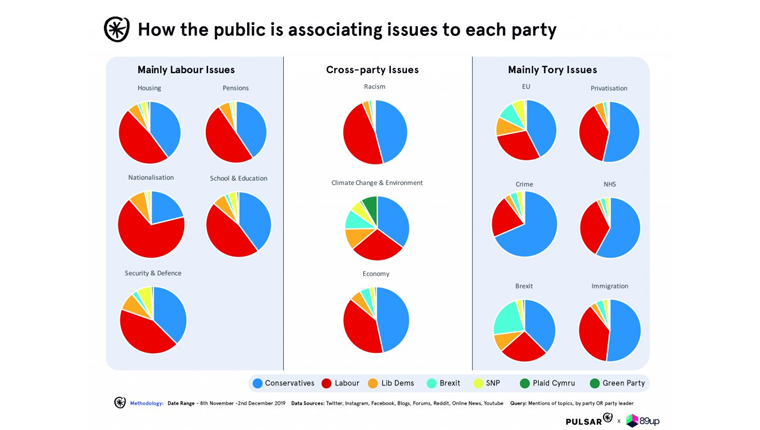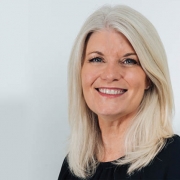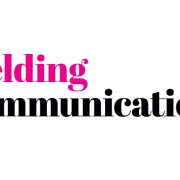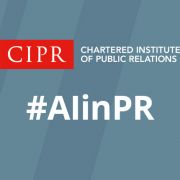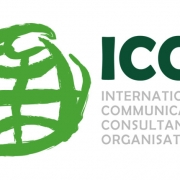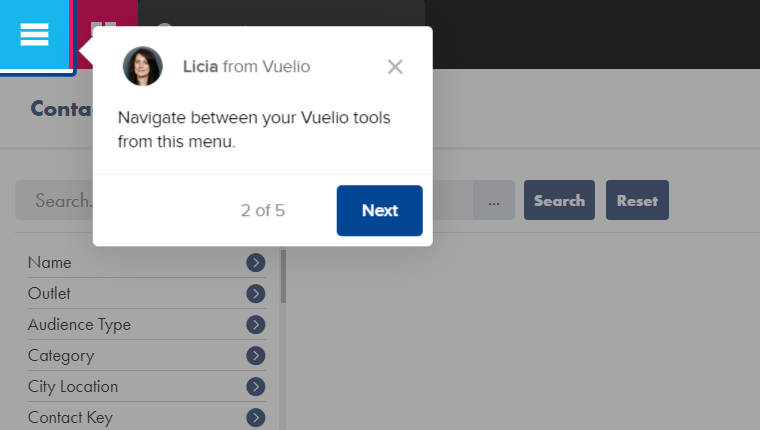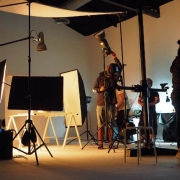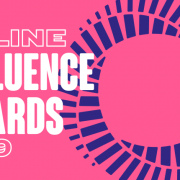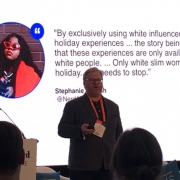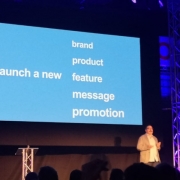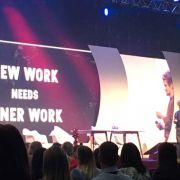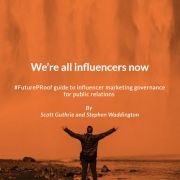Virtual events and why they’re more important than ever
SXSW and Coachella were first and now with Glastonbury cancelled and the Euros being postponed until 2021, it is clear that no event is impervious to the current situation. Large mass gatherings are no longer part of the calendar and as we all adapt to social distancing, events have had to adapt too.
Over the coming weeks, and possibly months, all in-person events will stop following Government guidelines. For anyone hosting any kind of event there is a decision to be made: cancel, postpone or take the event online. With more people now remote working, holding a virtual event is fast becoming the preferred option.
There’s a wealth of technology that can allow organisations to share their content with audiences across the globe. Webinars have long held an important place in any marketer’s toolkit and now they are even more vital; allowing guests to ask questions and interact with the hosts encourages discussion, which replicates experiences of in-person events.
As museums start to offer virtual tours, so begins the start of virtual expos where delegates can ‘visit’ the different stands, download the relevant collateral and speak directly with the supplier through a messaging app.
While it’s harder (but not impossible – watch this space) to take networking drinks online, small conferences or seminars benefit from this way of working. Livestreaming these events not only helps with keeping costs down (no venue, no catering, etc.) but it also makes it more accessible for both the audience and the speakers. Although you may need to be flexible with time zones, it opens up your list of potential speakers to those who are not just based in your city.
For smaller virtual meetings and seminars, Zoom has a free offering for live streaming meetings of up to 100 participants that last for 40 minutes or less. With a chat function built in, you can easily communicate with your guests and get a lively Q&A going at the end of the session. There’s an option to record your meeting too so if anyone is unable to attend they can still enjoy the content at a time that works for them.
When it comes to promoting, inviting and keeping track of your attendees Eventbrite is an accessible and easy-to-use tool. Plus if you’re hosting a free event, then it’s free to use.
Events may never be the same after this, as budgets get tighter and the need for more accessible events goes from nice-to-have to essential. Expect more virtual event invites over the next few weeks and video catch up content if you miss it. We’ll see you online.



